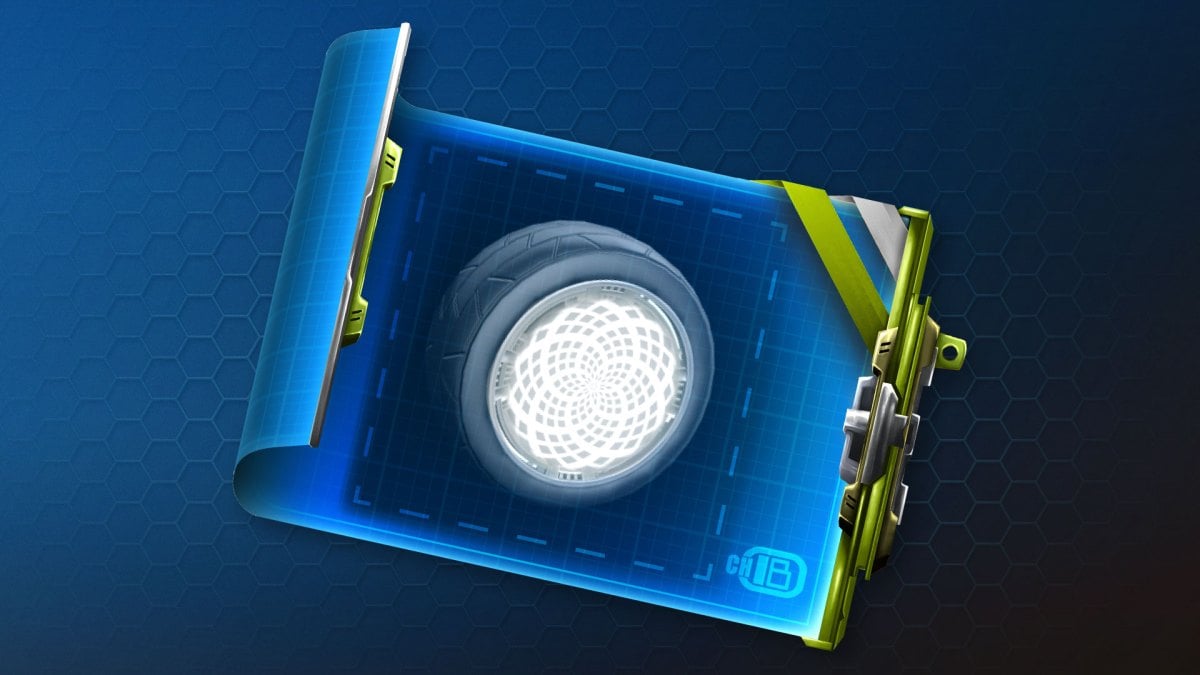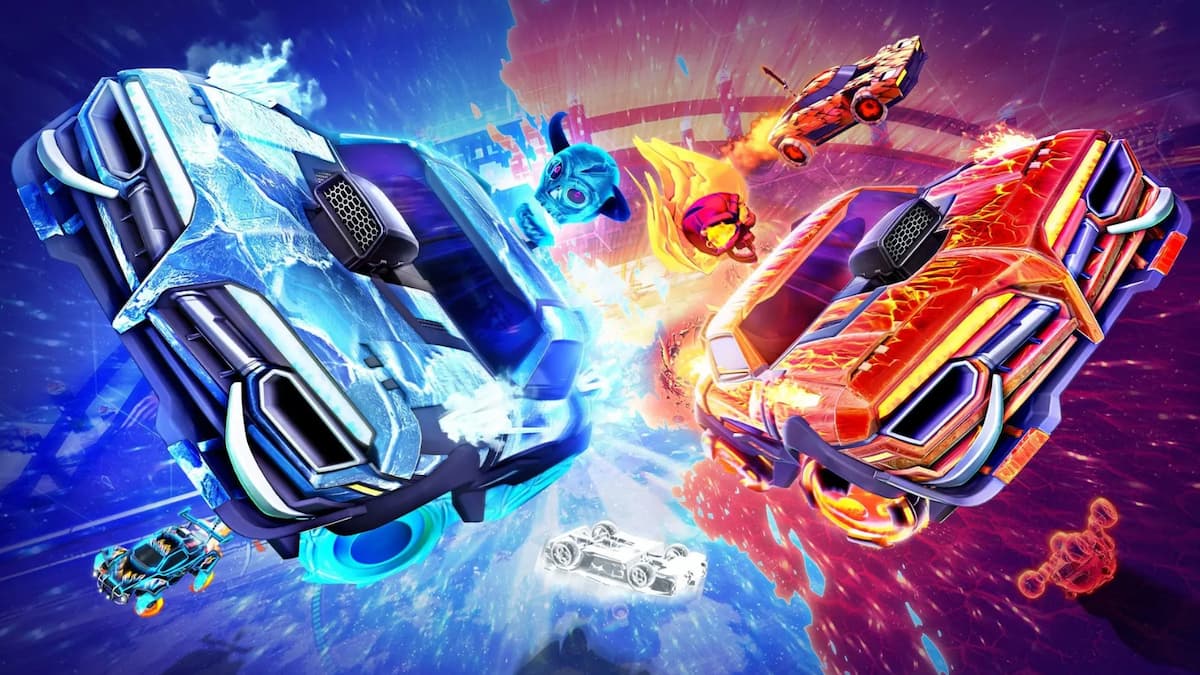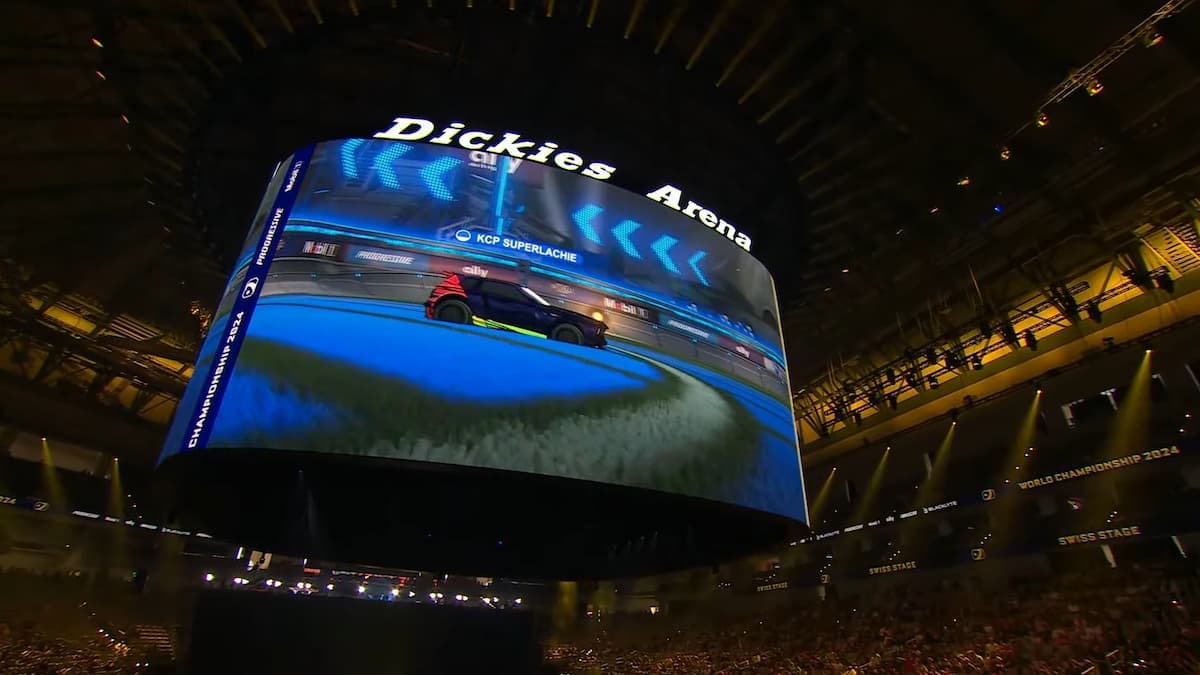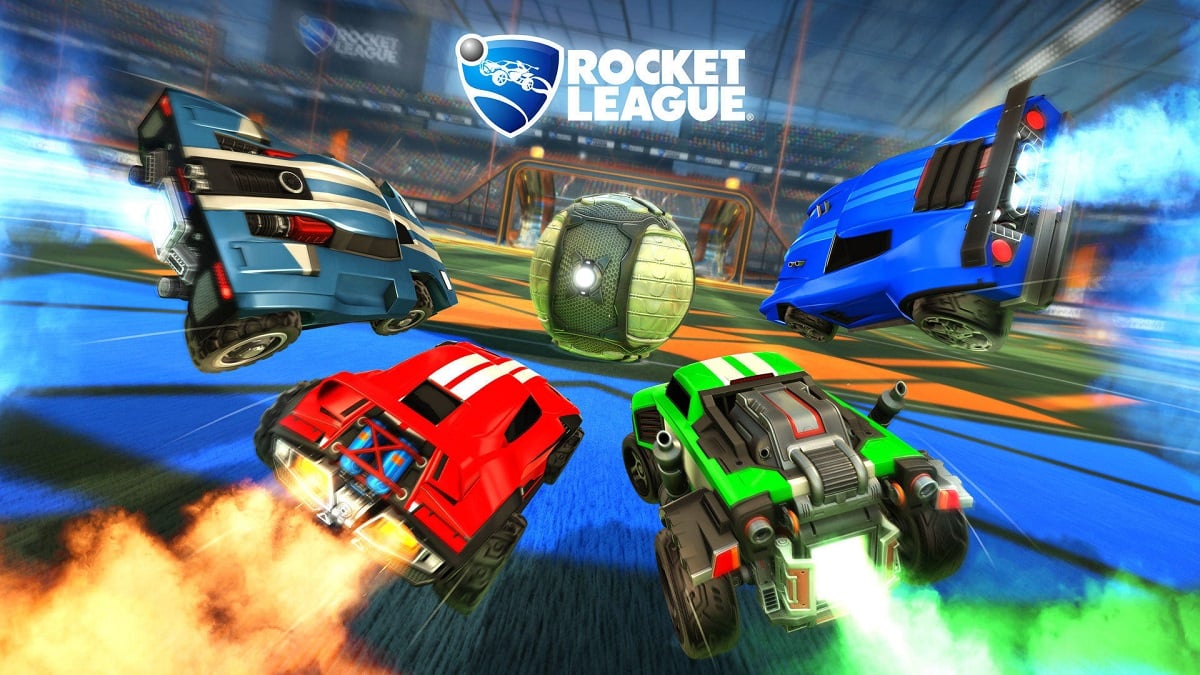Rocket League’s Blueprints Update overhauled the game’s relationship with items yesterday, but not in a positive way. In a type of reverse Black Friday, new items can be purchased from the Item Shop at an absurdly high price.
The skyrocketing prices caught Rocket League players by surprise. Users shared their outrage on Reddit, armed with a plethora of adjectives for the new Blueprints system. Some fans called it “actually ridiculous” and “absolutely disgusting,” while one user went as far as to say “this is robbery now.”
Rocket League’s former crate system gave players a chance to obtain a crate every match. Opening the crate cost one key, purchasable with real money. Keys became Rocket League’s currency in a growing player-to-player economy. Everything could be purchased for keys and trading websites and Discord servers thrived. If players didn’t want to spend real money, they could exchange crates for keys with other players and use them to buy items instead of using money. Everything worked mostly well.
The Blueprints Update shook up that economy, though. The new system added Blueprints, a single-use schematic for a specific item. To craft the item, players need to spend Credits, similar to the old loot box system. Blueprints were advertised as a way to dilute the randomness in loot boxes. When first announcing Blueprints, Psyonix said that a schematic “will show you exactly what item you can create from it, for a set price.” And the problem lies precisely on the “set price.”
The crates system, as loot box-heavy as it was, also locked items behind a price. You’d pay one key ($1.50 when sold individually) for a gamble at that crate’s item pool. Leftover items could be traded with players. Some items on the low end of the rarity spectrum, like rare decals, had nearly negligible value and could be pushed in bulk.
Supply and demand rules applied to some degree. Black Market decals, the rarest items obtainable in crates, cost way more than their counterparts. Easier to obtain items, like rare decals, could be bought for less than a key. Even unpainted items on the top of the rarity tier could go for low prices. The Exotic-rarity Zomba wheels easily cost less than a key in the exchange market and a similar price applied for the older Import-rarity Wheels.
Blueprints follow the same principle but lock the minimum price at 100 Credits (equivalent to one key) and ascending based on rarity. Rare decals now cost 100 Credits, considerably above the old price. Very rare decals go for 500 Credits (or five keys), even though they were going for less than one key a day ago.
Import and Exotic wheels are another example. The Zomba wheels have been in the game since 2016 in a multitude of crate series. The supply of Zombas in the market was so large that they were dirt cheap—worth less than a key, according to popular trade website RLInsider. Now, just crafting a Zomba from a Blueprint will cost 1,400 Credits (equivalent to 14 keys).
The Infinium wheels in the Item Store are a blatant example of the new system’s failures. An unpainted Infinium cost less than a key pre-Blueprints. Painted Infiniums oscillated between one and three keys each, with the exception of the pricier Titanium White color. Crafting an Infinium from a Blueprint costs 14 keys, however, which is enough to purchase an entire painted set of the same wheels (with the exception of Titanium White).
The keys-to-credits conversion made by Psyonix was also a major deficiency in the update. As part of the transition, Psyonix transformed each key into 100 Credits. The parity between values was completely warped because 100 credits don’t nearly have the same purchasing power that one key used to have. Players feel cheated out of their money.
One Reddit user summed up the community’s feelings toward the new system in a comment.
“What have you done?” they said. “You have completely failed to realize how much value a player-driven economy can add to your game and company. You have destroyed the player-driven economy, and you have ousted players who don’t spend money, or that much money, on keys/credits. Why did you do this?”
“What have you done?” and “why did you do this?” are echoing thoughts in most Rocket League players’ heads. The new system was advertised as a better, less-randomized alternative to loot boxes. Psyonix failed to realize that the player-to-player trading system functioned in the same manner.
Until yesterday, players could purchase keys and use the exchange market to buy exactly what item they wanted. The only randomness involved was finding someone willing to accept the trade or finding a supplier for an obscure item on the market. The new update has a similar approach, but with much higher prices.







Published: Dec 5, 2019 11:13 am